Reimagining Thai-Chinese Flavors: Chef Pam’s Vision for Potong
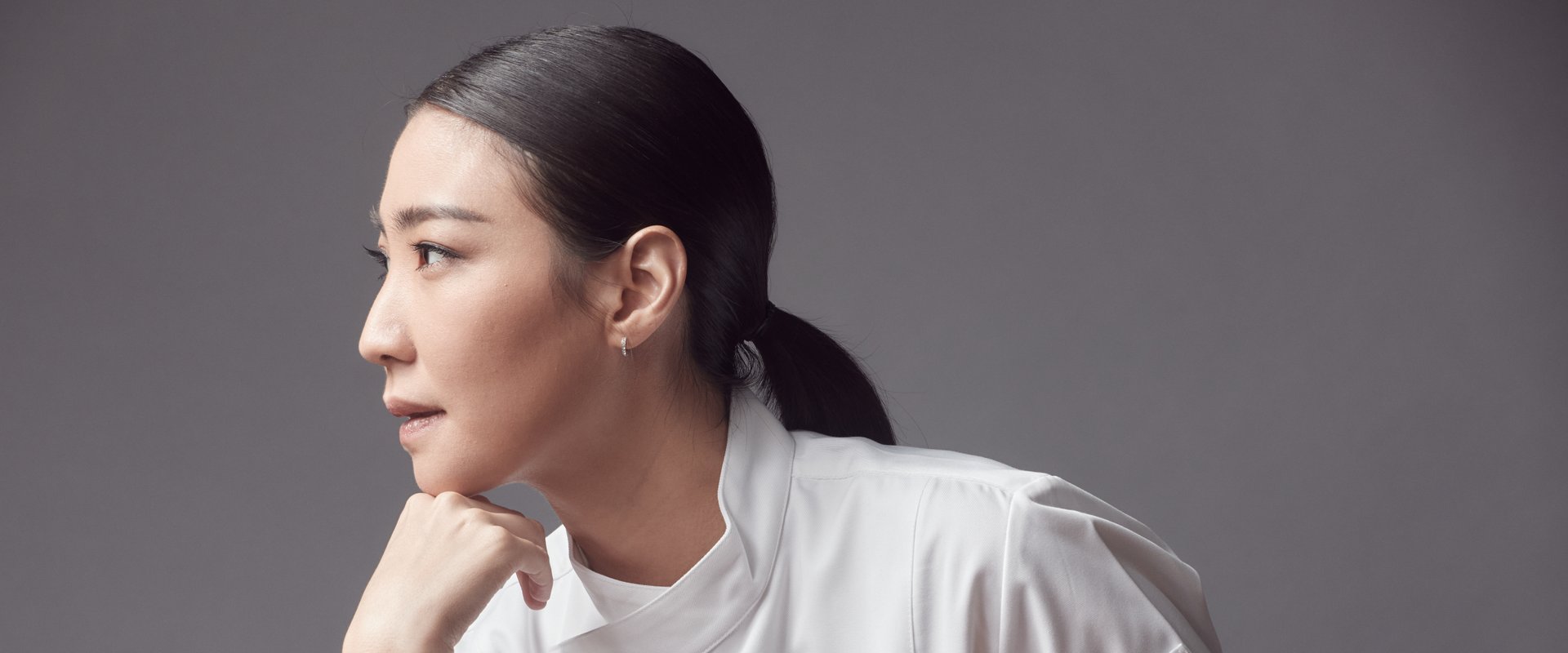
This has been a remarkable year for Pichaya “Pam” Soontornyanakij, owner of Potong restaurant in Bangkok. In February, she was honored as Asia’s Best Female Chef of 2024. Potong, her acclaimed restaurant, holds one Michelin star and recently climbed to No. 17 on Asia's 50 Best Restaurants list.
Chef Pam’s culinary journey began after completing her journalism studies when she realized the field wasn’t her calling. She ventured into gastronomy, moving to New York to refine her culinary skills at the Culinary Institute of America and staging under renowned chef Jean-Georges Vongerichten.
Back in Bangkok, Pam achieved significant milestones, including judging on Top Chef Thailand and founding The Table, a unique private dining concept. A pivotal moment came in 2019 when her family’s 120-year-old building in Chinatown was vacated by its previous tenant. Rediscovering this treasured space inspired her to transform it into Potong’s home.
Located in Bangkok’s historic Chinatown, established in 1782, Potong occupies a majestic five-story building. Its impressive height is almost hidden from view by the bustling, narrow streets of Yaowarat Road below.
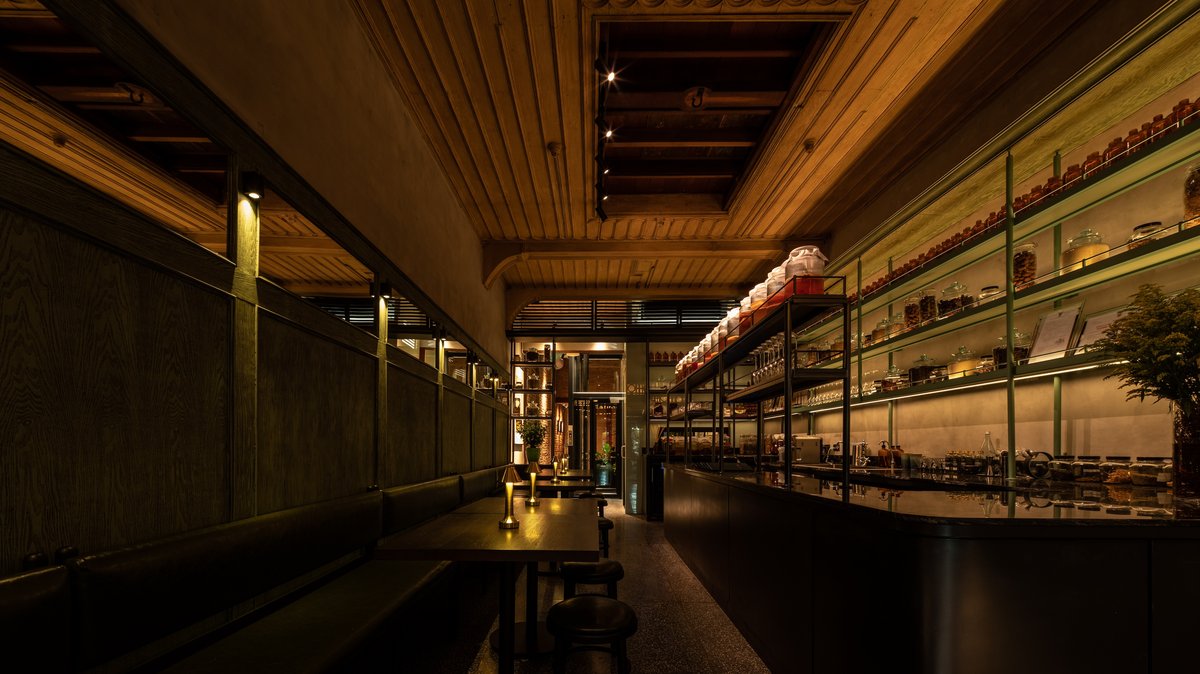
@gastrofilm
Potong opened in 2022, a "Tiger" year, which holds special significance for Chef Pam. Her fourth great-grandparents, who built the building, were both born in a Tiger year.
The building, originally a century-old family drugstore, has been meticulously restored, preserving its historical elements and design. Each of its five floors is conceived as a distinct experience, transforming the space into a destination in its own right. Chef Pam, together with her husband and business partner Tor Boonpiti, dedicated two years to the renovation, executing every detail with exacting precision. The decor features century-old Guan Yu and Zhang Hui drawings, along with intricately hand-painted wooden dividers that conceal eight hidden tigers. Historically, Pam’s family lived in this building while producing Chinese medicine under the name “保坤益母藥” (Bǎo Kūn Yì Mǔ Yào).
The first floor, once the storefront of the dispensary, now houses the SINO bar. Retaining antique elements like a dipper used for measuring liquids, the bar welcomes guests before they transition to the main dining room, where homemade kombuchas are offered as an introduction.
Ascending to the fourth floor, guests encounter “BLACKJADE,” an exclusive private area where homemade charcuterie is paired with champagne. This space takes its name and inspiration from a treasured family heirloom: a black jade pendant symbolizing power, protection, and wisdom.
The main dining room on the second floor is a blend of heritage and charm, adorned with vintage dividers, classic windows, and a small exterior balcony. Here, Chef Pam presents a tasting menu guided by the 5-Element philosophy of “Salt, Acid, Spice, Texture, and Maillard Reaction,” intertwining nostalgia and storytelling with her intricate plating.
The upper floors reflect the nocturnal vibrancy of Bangkok’s Chinatown. Italian native Matteo Cadeddu, the head bartender, curates innovative mixology experiences informed by his international career in Amsterdam, Australia, Singapore, and Mumbai. Matteo is joined by Italian maître Sacha Di Silvestre, who, prior to relocating to Bangkok, briefly served as a sommelier at Casa Maria Luigia in Modena.
We spoke with Chef Pam to delve deeper into her culinary philosophy, her collaborations with local food producers and farmers, and her ongoing involvement with the Asia Women’s Center.
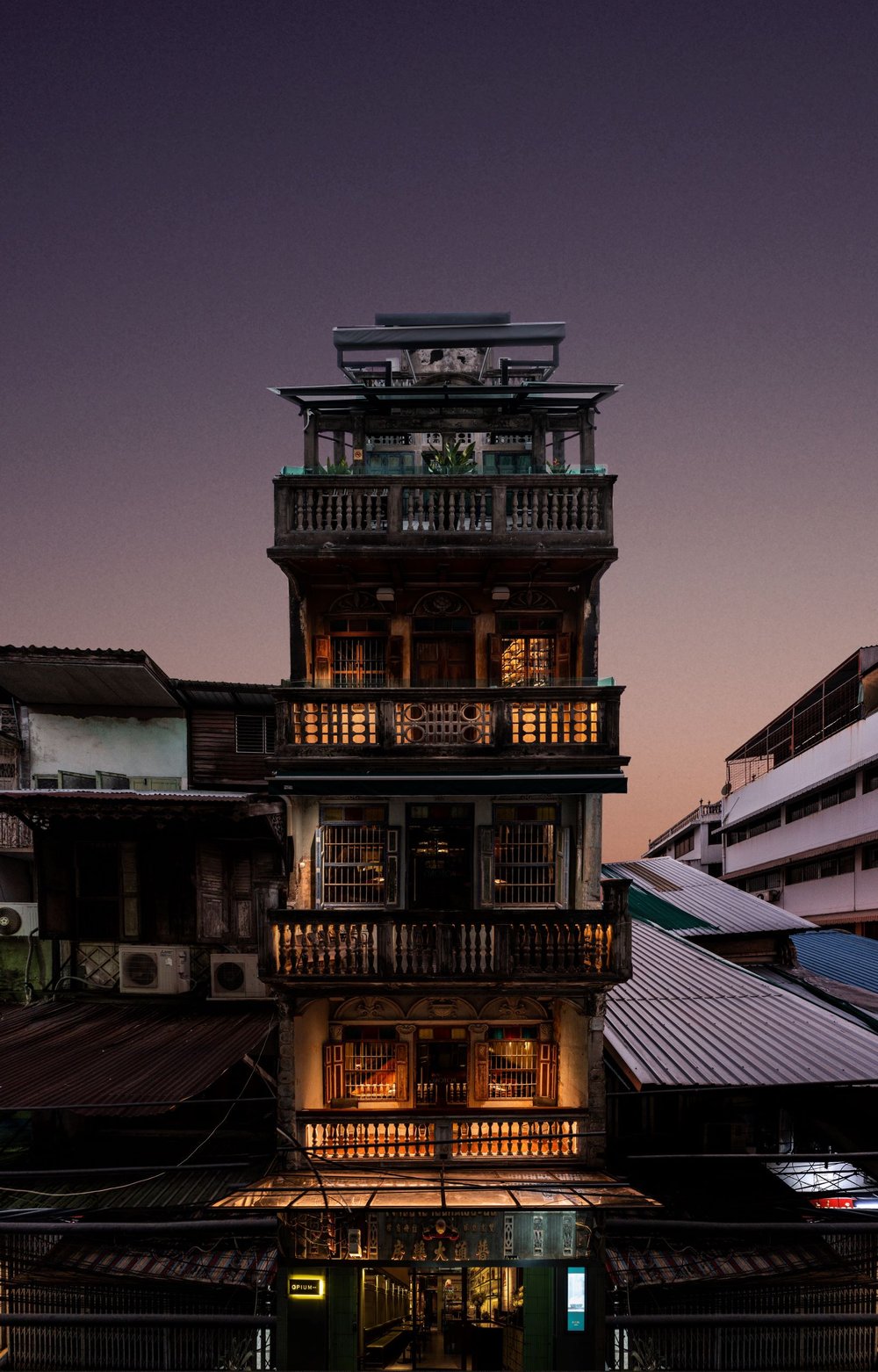
@gastrofilm
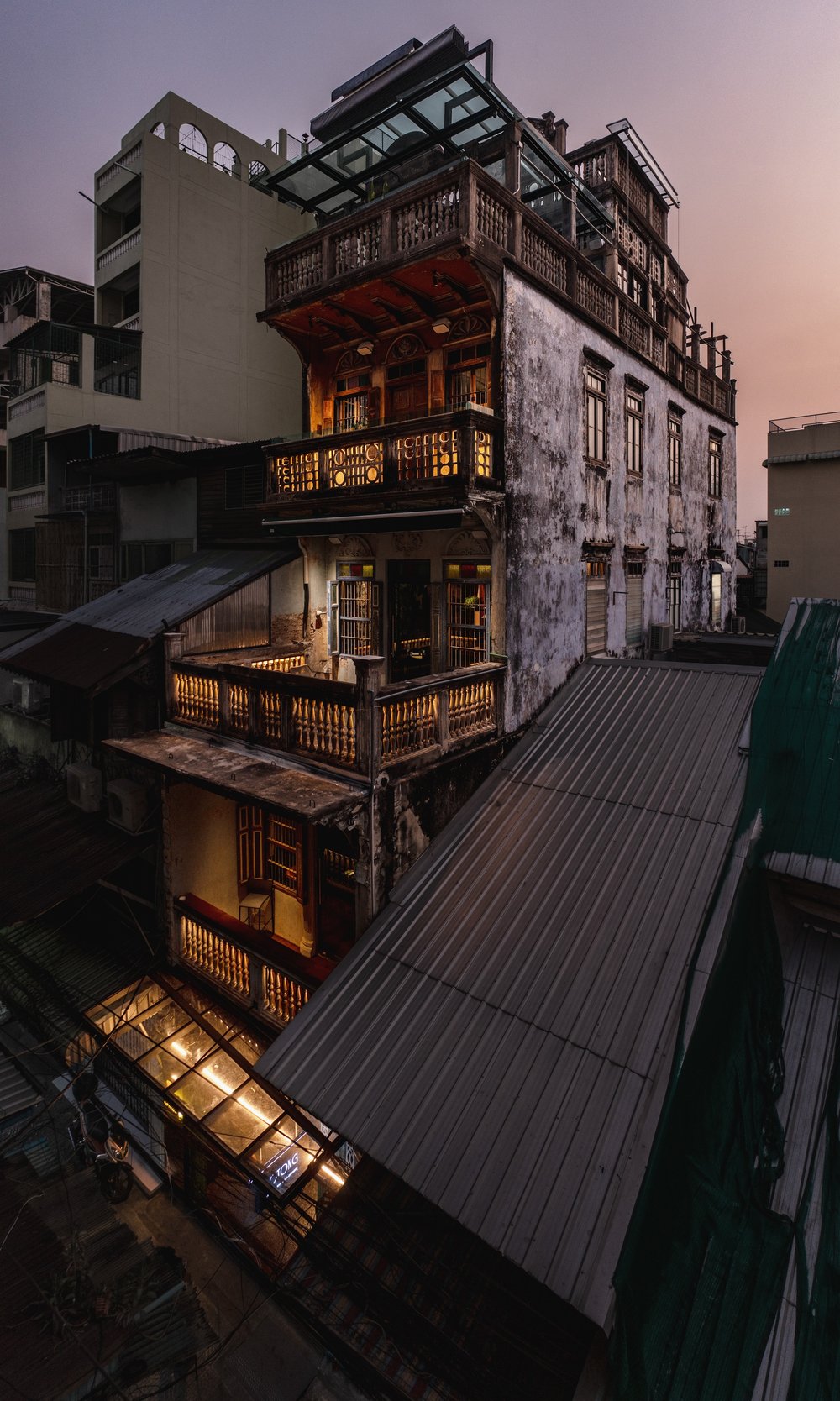
@gastrofilm
Challenges in obtaining top-quality products
At Potong, all vegetables, garnishes, and meats are sourced from local small-scale producers. Chef Pam is committed to using only the finest ingredients, which often presents unique challenges.
For instance, our duck is sourced from Cha Choeng Sao to meet Chef Pam’s exact specifications—2 kg in weight (about 42–45 days old) with a precise fat ratio. Initially, finding ducks that met these requirements was difficult. However, long-term relationships with suppliers have significantly improved this process.
Our catfish is supplied by two carefully selected local fishermen in Chai Nat and Lopburi. These catfish are line-caught according to Pam's precise size requirements. Unlike farmed fish, they are wild and live in specific rivers, requiring expert techniques to catch. This results in fish with less fat and a gelatinous skin that meets Pam’s standards. Sourcing enough, however, remains challenging due to their limited availability and higher cost, necessitating the use of two locations to meet demand.
For vegetables, we collaborate with small-scale farmers across Thailand, including Green Garden in Chiang Mai and Preecha Farm in Samut Prakarn. "The main issue is scarcity; sometimes, they cannot supply enough. To ensure quality, we have partnered with another selected farmer. Prices are also higher than standard market produce," notes Chef Pam.
Potong also partners with ISSARA Wine Estates, an artisanal winery producing a maximum of 15,000 bottles per year across all products. For our exclusive collaboration, they reserve 2,000 of their finest bottles from their top grapes. "Since we are the only ones with this selection, we sometimes sell more than 2,000 bottles by the end of the year. Therefore, we need to manage the quantity wisely," explains Chef Pam.
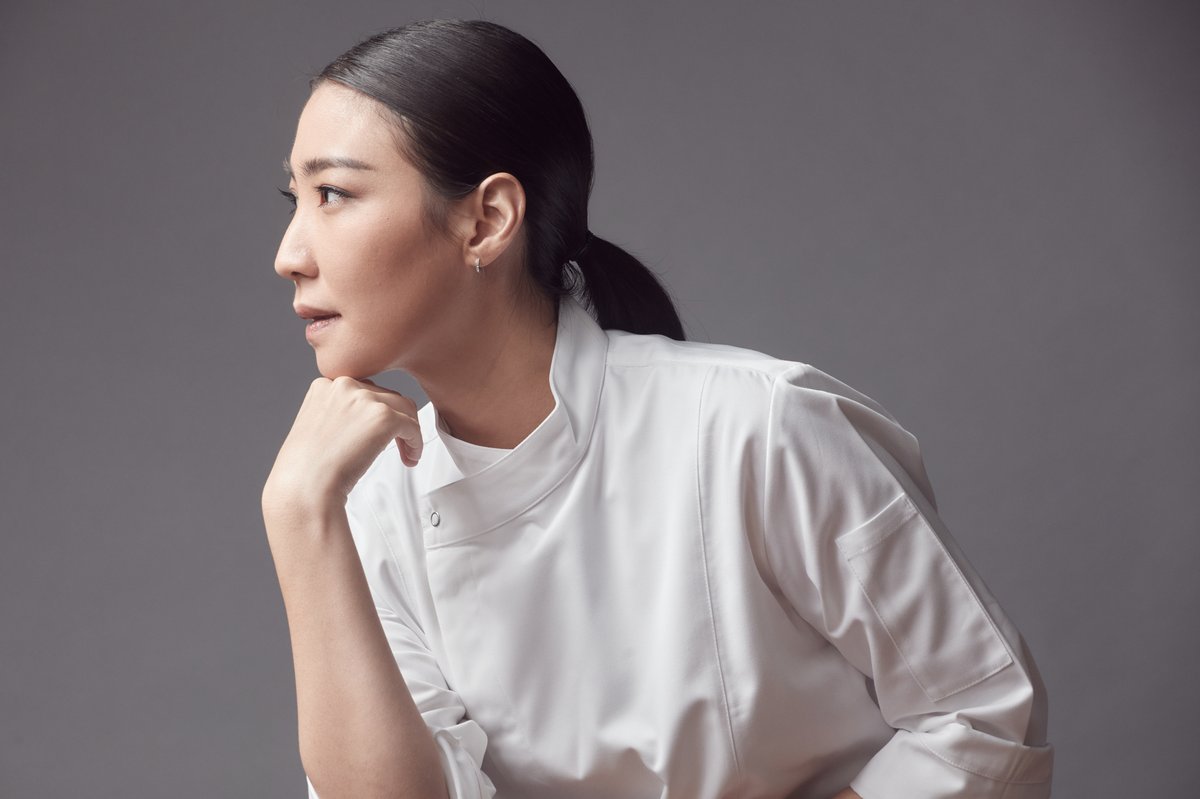
@gastrofilm
Support for small farmers
There isn’t much direct government support for small farmers. Assistance is typically directed toward disaster relief or larger-scale operations, such as during disease outbreaks. Certain crops, like rice, receive some government backing due to their importance to Thailand’s economy. However, it is often chefs who actively seek out and support local farmers and fishermen. "I believe it is our duty as chefs to support these local farmers, fishermen, and small-scale producers so they can continue their important work.
The rise of Thai-Chinese cuisine
To understand 'Progressive Thai-Chinese' cuisine, it’s essential to explore its history and heritage, shaped by 400 years of Chinese immigration to Thailand. While 'Thai-Chinese' cuisine is not a new concept, with many restaurants preserving its traditional forms, we were among the first to innovate and redefine it as 'progressive Thai-Chinese cuisine.'
My approach begins with respecting traditional 'Thai-Chinese' methods, which I consider fundamental to creating exceptional dishes. I always master the traditional techniques before introducing any innovations.
I believe the heritage of Thai cuisine is something the world should know. Our culinary tradition reflects a rich cultural blend developed over centuries. Many dishes, while unmistakably 'Thai,' carry influences from different historical periods in their preparation and presentation. I find that deeply fascinating.
Today, there is an increasing awareness of the importance of understanding what we eat. Many guests are eager to learn more about their food, making chefs vital in conveying these narratives. This provides us with a unique opportunity to inspire change and influence the future of our country’s supply chain.
Asia Women’s Center (AWC)
While I don’t typically distinguish between male and female chefs, the numbers reveal that women are underrepresented in the industry. In Asia, good home cooking is often associated with mothers, while professional cooking tends to be linked to male chefs. This disparity is influenced by various factors, including childbirth and household responsibilities, which limit opportunities for women. Despite this, I’m optimistic about the future and proud to be part of the movement promoting greater opportunities for women in the culinary world.
My involvement with the Asia Women’s Center (AWC) began with a small fundraising event we hosted at POTONG during its first year of operation. I was profoundly moved to learn that 6,000 THB could significantly impact the life of a female student living in rural Thailand. This realization inspired me to contribute more meaningfully to the cause. It took about a year to develop the project, and I am now fully committed to supporting young female chefs and advancing gender equality in the culinary industry.
To this end, I founded the WFW (Women for Women) Scholarship & Internship Program in collaboration with AWC Thailand, a non-profit organization. The program provides financial assistance to young women in rural Thailand who aspire to pursue careers in the culinary arts.
Although my role in the industry might seem small, I believe that if each of us makes incremental changes, together we can create a significant and lasting impact, transforming the industry for the better.
Recently, I discussed expanding the WFW program internationally with Chef Vicky Lau, a two-Michelin-starred chef and Asia’s Best Female Chef of 2015. We plan to launch the expanded program on January 28, 2024.
Signature duck at Potong
Undoubtedly, the most talked-about dish at Potong is our main duck course, featuring roasted duck brain, duck leg with grilled eggplant, and house pickles.
Our duck preparation combines traditional and contemporary methods. We select ducks of a very specific size to ensure minimal fat under the skin. The inside of the duck is marinated with five-spice, and we partially cook the skin with a vinegar mix. Afterward, the duck is hung for 14 days, allowing the skin to dry and the meat to tenderize. We employ traditional Chinese techniques for bathing and drying the duck skin, followed by a modern French method of roasting in a high-temperature oven for 13 minutes. This process results in tender meat and a very crispy skin.
The duck head is also dry-aged for 14 days and then roasted. We open the head to reveal the brain, which is glazed with a black bean sauce. The duck heart is marinated with soy sauce and sugar, sous-vided for two hours to ensure it is tender and not overcooked, and then grilled on binchotan charcoal to impart smoky flavors. The leg is dry-aged, ground, sautéed with a secret sauce made from Sichuan pepper, fermented bean, and chili, and served over hot chawanmushi.
Adapting flavors for an International Palate
Currently, our clientele is about 55% international and 45% local, with reservations available online. Interestingly, we receive similar feedback from both groups.
When we first opened in September 2021, just after the COVID-19 lockdown, we welcomed many local guests. As international travel resumed, we started receiving guests from Singapore, Hong Kong, Australia, and the US. Now, our guests come from all over the world. We haven't adapted our flavors for international tastes; instead, we stay true to what we want to offer, cooking primarily what I love to eat. We've received very positive feedback from both local and international guests, particularly with our recent course menu launch.
Just a few days ago, guests from Australia and Singapore told me it was the best meal they ever had, which made my day. Guests from Singapore and Hong Kong often mention how their memories of old Chinese shophouses connect with my heritage. It's incredible how my food can resonate with guests from different parts of the world.
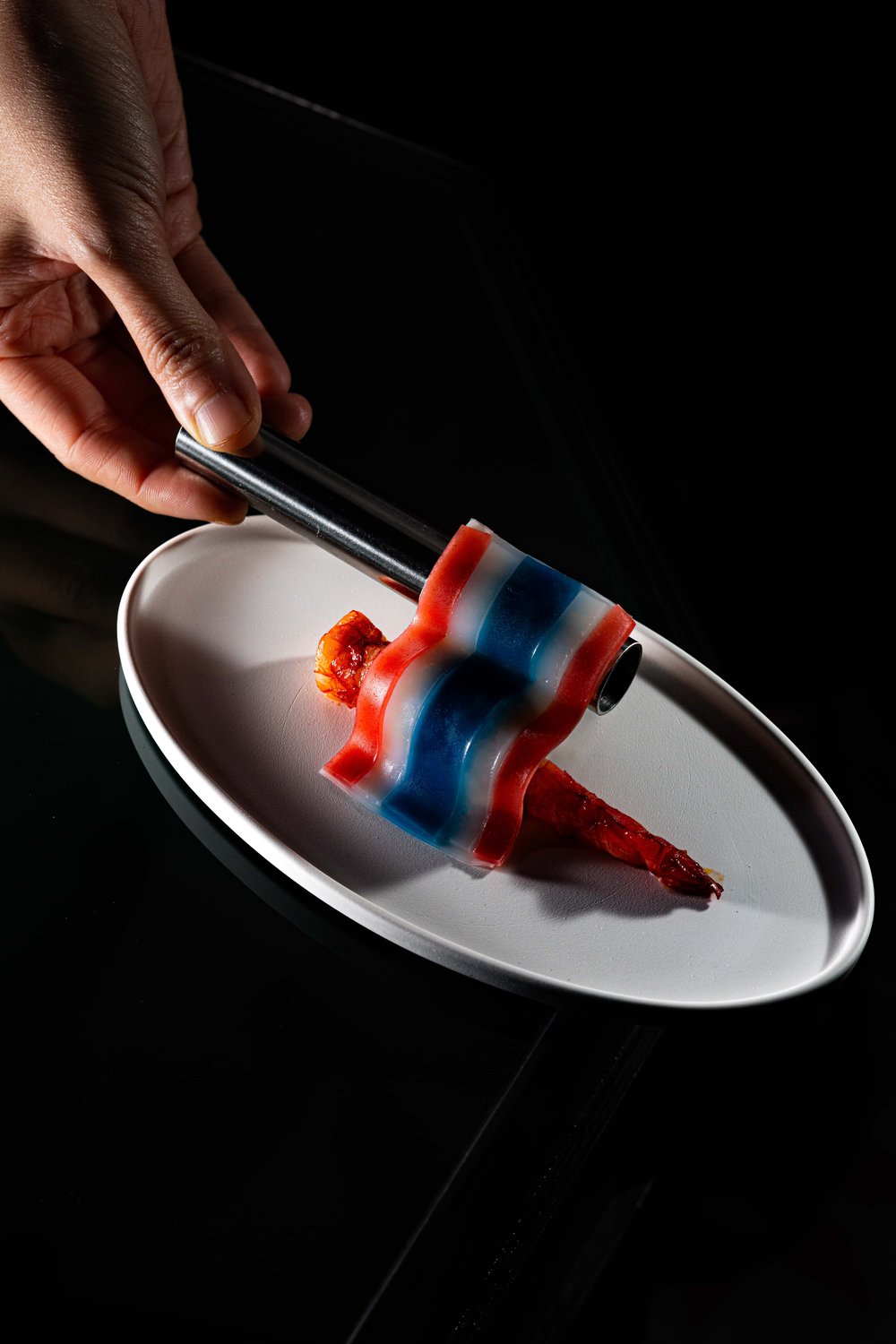
@gastrofilm
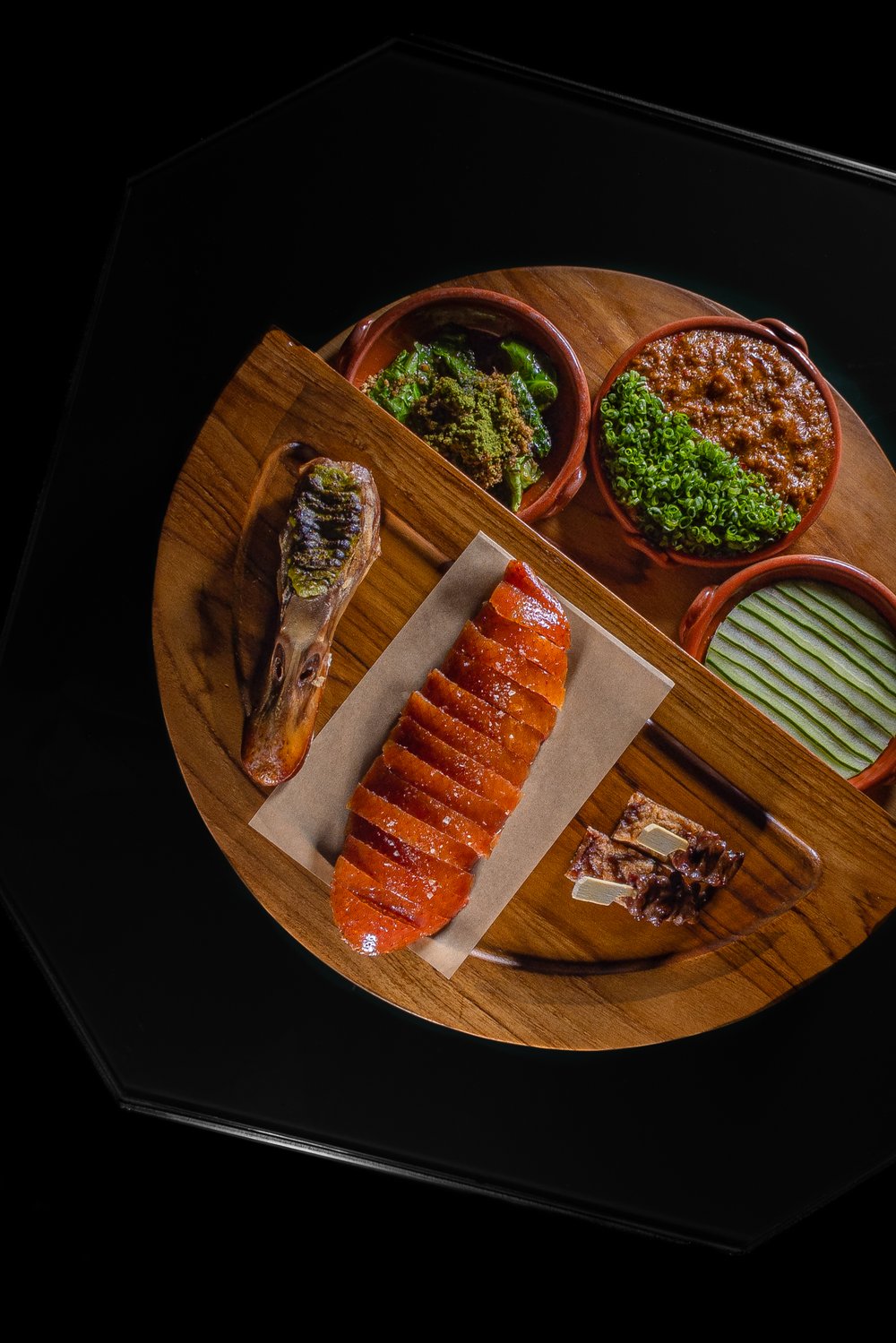
@gastrofilm The duck course at Potong
